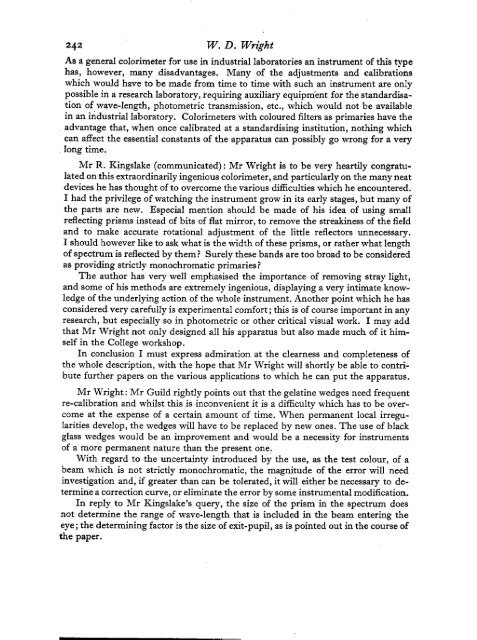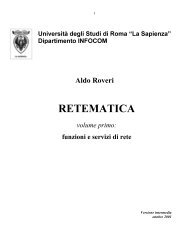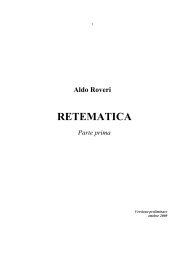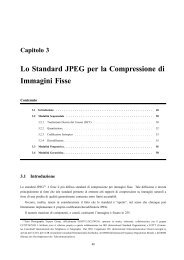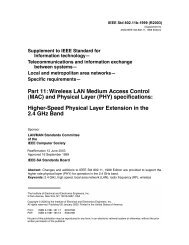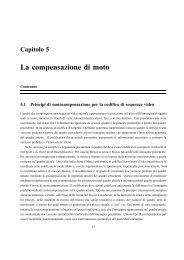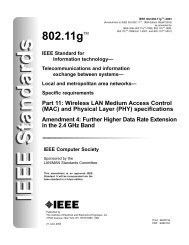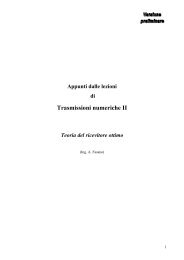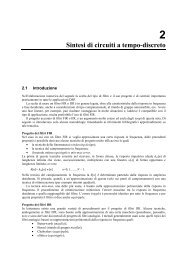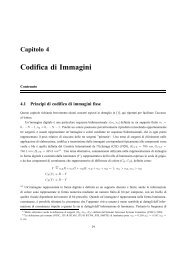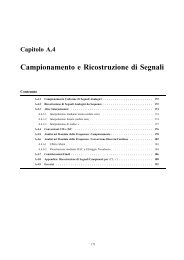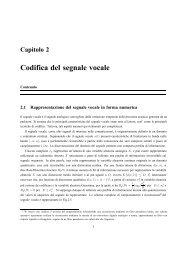a trichromatic colorimeter with spectral primaries - InfoCom
a trichromatic colorimeter with spectral primaries - InfoCom
a trichromatic colorimeter with spectral primaries - InfoCom
Create successful ePaper yourself
Turn your PDF publications into a flip-book with our unique Google optimized e-Paper software.
W. D. Wv&ht<br />
242<br />
As a general <strong>colorimeter</strong> for use in industrial laboratories an instrument of this type<br />
has, however, many disadvantages. Many of the adjustments and calibrations<br />
which would have to be made from time to time <strong>with</strong> such an instrument are only<br />
possible in a research laboratory, requiring auxiliary equipment for the standardisation<br />
of wave-length, photometric transmission, etc., which would not be available<br />
in an industrial laboratory. Colorimeters <strong>with</strong> coloured filters as <strong>primaries</strong> have the<br />
advantage that, when once calibrated at a standardising institution, nothing which<br />
can affect the essential constants of the apparatus can possibly go wrong for a very<br />
long time.<br />
Mr R. Kingslake (communicated) : Mr Wright is to be very heartily congratu-<br />
lated on this extraordinarily ingenious <strong>colorimeter</strong>, and particularly on the many neat<br />
devices he has thought of to overcome the various difficulties which he encountered.<br />
I had the privilege of watching the instrument grow in its early stages, but many of<br />
the parts are new. Especial mention should be made of his idea of using small<br />
reflecting prisms instead of bits of flat mirror, to remove the streakiness of the field<br />
and to make accurate rotational adjustment of the little reflectors unnecessary.<br />
I should however like to ask what is the width of these prisms, or rather what length<br />
of spectrum is reflected by them? Surely these bands are too broad to be considered<br />
as providing strictly monochromatic <strong>primaries</strong> ?<br />
The author has very well emphasised the importance of removing stray light,<br />
and some of his methods are extremely ingenious, displaying a very intimate know-<br />
ledge of the underlying action of the whole instrument. Another point which he has<br />
considered very carefully is experimental comfort ; this is of course important in any<br />
research, but especially so in photometric or other critical visual work. I may add<br />
that Mr Wright not only designed all his apparatus but also made much of it him-<br />
self in the College workshop.<br />
In conclusion I must express admiration at the clearness and completeness of<br />
the whole description, <strong>with</strong> the hope that Mr Wright will shortly be able to contri-<br />
bute further papers on the various applications to which he can put the apparatus.<br />
Mr Wright: Mr Guild rightly points out that the gelatine wedges need frequent<br />
re-calibration and whilst this is inconvenient it is a difficulty which has to be over-<br />
come at the expense of a certain amount of time. When permanent local irregu-<br />
larities develop, the wedges will have to be replaced by new ones. The use of black<br />
glass wedges would be an improvement and would be a necessity for instruments<br />
of a more permanent nature than the present one.<br />
With regard to the uncertainty introduced by the use, as the test colour, of a<br />
beam which is not strictly monochromatic, the magnitude of the error will need<br />
investigation and, if greater than can be tolerated, it will either be necessary to de-<br />
termine a correction curve, or eliminate the error by some instrumental modification.<br />
In reply to Mr Kingslake’s query, the size of the prism in the spectrum does<br />
not determine the range of wave-length that is included in the beam entering the<br />
eye; the determining factor is the size of exit-pupil, as is pointed out in the course of<br />
the paper.


